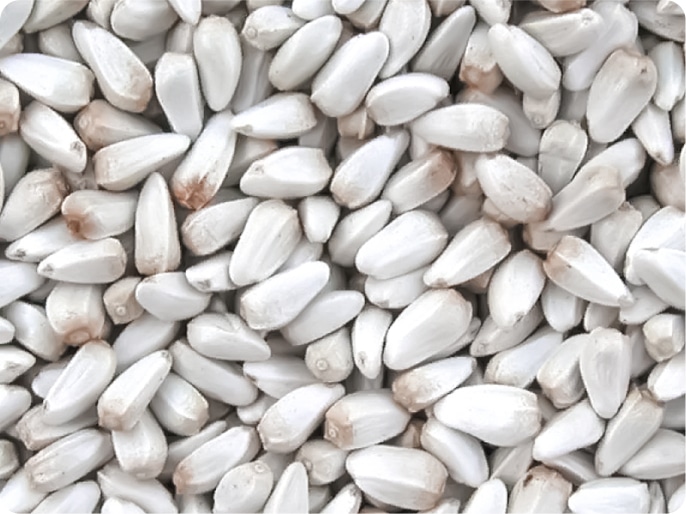
The most valuable safflower product is safflower oil. This oil is saturated with linoleic acid, approximately 80% content, which is not synthesized by the human body. Meanwhile, linoleic acid makes blood vessels more elastic, and also improves the functioning of key human organs. Safflower oil has a firming, softening and nourishing effect on the skin, improves blood circulation. In addition, safflower oil serves as an active conductor of cosmetics into the skin.
